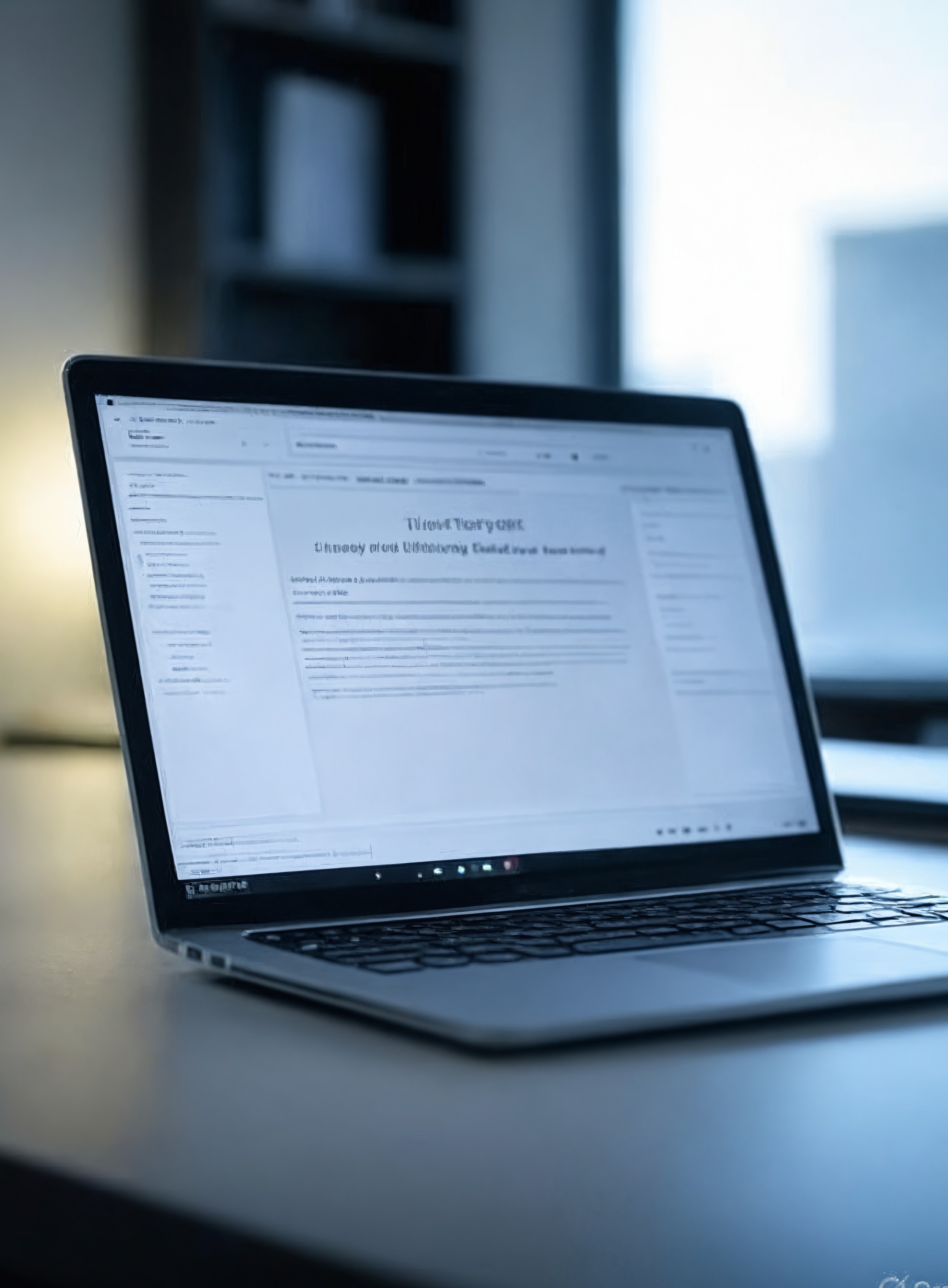
AI's Role in Evolving Cyber Defense
Technology often advances by solving old problems in new ways. Consider the constant battle against cyber threats, where speed and insight determine victory. Recent developments show AI stepping in to automate analysis and response, while open source collaboration fuels broader innovation. These shifts point to a deeper trend: blending intelligence with openness to build resilient systems.
Automating Threat Detection with AI
Cyber threats evolve quickly, outpacing human analysts. Tools like Cloudflare's Cloudy integrate threat intelligence from Cloudforce One and Workers AI to deliver instant insights. This setup analyzes advanced persistent threats, DDoS attacks, and cybercrime by processing vast telemetry data through large language models.
What stands out is how this automation cuts through noise. Security teams face endless alerts, many false positives. AI parses patterns, aligns them with frameworks like MITRE ATT&CK, and offers actionable context. It's not just faster; it frees analysts for strategic work.
Key Technologies Powering Automation
Cloudy draws on publicly available models via Workers AI, ensuring privacy by avoiding customer data training. This responsible approach balances power with ethics. Expansions include intelligent debugging for web application firewalls and enhanced visualizations for attacker timelines.
Compare this to similar tools from Microsoft Defender, Palo Alto Networks Cortex XDR, or CrowdStrike Falcon. Each uses AI to automate detection and response, reflecting a industry move toward proactive security. SOAR platforms integrate these assistants, streamlining workflows from detection to remediation.
Microsoft's Shift to Open Source and AI
Microsoft's path from contributing 20,000 lines to the Linux kernel to scaling AI globally illustrates a profound change. Once focused on proprietary software, the company now embraces open source to enhance Azure and tools like GitHub Copilot.
This evolution stems from recognizing open source's value in innovation. By collaborating with communities, Microsoft accesses diverse expertise, accelerating development. Azure OpenAI Service exemplifies this, offering scalable AI built on open frameworks.
Lessons from Open Source Collaboration
Open source isn't about giving everything away; it's about creating ecosystems where ideas compound. Microsoft's hybrid model—blending open and proprietary—reduces vendor lock-in and promotes interoperability. This mirrors trends at Google, Amazon, and Meta, where open AI projects drive rapid progress.
Statistics show the impact: the open source software market heads toward $40 billion by 2027, fueled by AI integration. Contributions to projects surge, democratizing access and fostering hybrid cloud strategies.
Synthesizing Trends: AI Meets Open Source in Cybersecurity
These stories connect through AI's convergence with open source. Cloudy's automation benefits from open intelligence models, much like Microsoft's AI at scale relies on community-driven tools. Together, they address cybersecurity's core challenges: volume of threats and skills shortages.
Experts note AI reduces alert fatigue by improving detection accuracy. Reports indicate 35% of organizations struggle with visibility blind spots, where AI-enhanced monitoring shines. This isn't mere efficiency; it's a strategic edge in an era of sophisticated attacks.
Implications for Organizations
Adopting these technologies means shifting from reactive defenses to predictive ones. Automated systems handle routine triage, allowing teams to focus on complex threats. In open source, collaboration speeds innovation, as seen in Microsoft's partnerships.
Yet challenges remain. Responsible AI demands careful governance to avoid biases or privacy lapses. Open source requires managing contributions without fragmenting efforts.
Future Directions and Recommendations
Looking ahead, AI assistants like Cloudy will manage full threat lifecycles, from detection to post-incident analysis. Visual tools will make attacker behaviors intuitive, aiding strategic planning.
Microsoft's trajectory suggests more open model releases and tighter Azure integrations, setting standards for responsible AI. The industry will see end-to-end automation become standard, with open source as the backbone.
Organizations should invest in AI literacy for teams, prioritize privacy in implementations, and engage open source communities. Start small: integrate tools like Cloudy for threat analysis, then scale with open frameworks.
Key Takeaways
AI automation transforms cybersecurity by providing speed and insight, as shown in Cloudy's integrations. Open source, exemplified by Microsoft's journey, accelerates this through collaboration. Together, they build proactive defenses against evolving threats. Embracing these trends equips organizations to navigate digital risks with confidence.
Comments
Read more

OpenAI Fights NYT on Chat Privacy Overreach
Exploring OpenAI's battle against a court order exposing 20 million user chats, weighing privacy against journalistic needs in AI's evolving landscape.

Instant Text to PDF: Privacy and Efficiency Redefined
Explore how new tools convert text to PDF instantly while prioritizing privacy, AI integration, and seamless workflows in a data-conscious world.

NVIDIA Spectrum-X Boosts Meta and Oracle AI Centers
Explore how NVIDIA's Spectrum-X Ethernet switches are transforming AI data centers for Meta and Oracle, enhancing efficiency and scalability for massive AI models.